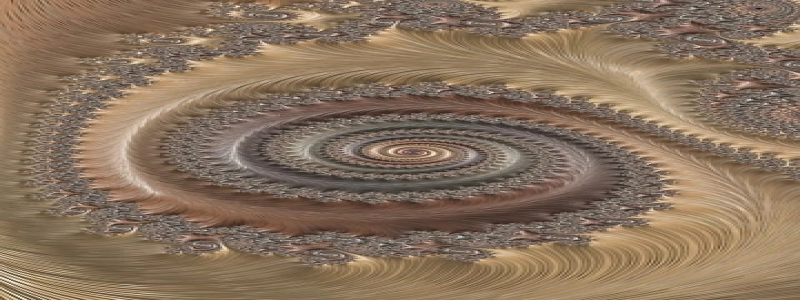UV LED Wavelength
Introduction:
UV LED (Ultraviolet Light-emitting Diode) is a key technology that has gained significant attention in recent years. It has a wide range of applications in various fields, including sterilization, water purification, medical diagnostics, and industrial processes. One of the crucial aspects of UV LED technology is its wavelength, which determines its effectiveness in specific applications. This article explores the different UV LED wavelengths and their applications in detail.
Main Body:
I. UV LED Wavelength Categories
UV LED wavelengths are typically classified into three main categories:
A. UVA Wavelengths: UVA refers to Ultraviolet A wavelengths, which range from 320 to 400 nanometers (nm). This category of UV LED is commonly used in applications such as counterfeit detection, UV curing, and forensic investigation.
B. UVB Wavelengths: UVB refers to Ultraviolet B wavelengths, which range from 280 to 320 nm. This category of UV LED is mainly used in medical phototherapy, which involves treatment for skin conditions like psoriasis and eczema.
C. UVC Wavelengths: UVC refers to Ultraviolet C wavelengths, which range from 200 to 280 nm. This category of UV LED is the most effective in killing bacteria, viruses, and other microorganisms. It is widely used in water purification, sterilization of medical equipment, and air disinfection.
II. Applications of Different UV LED Wavelengths
A. UVA Wavelength Applications:
1. Counterfeit Detection: UVA LEDs are used to detect counterfeit currency and documents by revealing the fluorescent patterns present in genuine items.
2. UV Curing: UVA LEDs are utilized in printing and coating industries for the quick and efficient curing of inks, adhesives, and coatings.
3. Forensic Investigation: UVA LEDs aid forensic investigators in locating and identifying different substances, such as bodily fluids and fingerprint residues.
B. UVB Wavelength Applications:
1. Phototherapy: UVB LEDs are employed for the treatment of various skin conditions, including psoriasis, vitiligo, and eczema. They help to reduce inflammation and promote healing.
2. Vitamin D Production: UVB LEDs can stimulate the production of vitamin D in the skin, which is crucial for maintaining healthy bones and overall wellness.
C. UVC Wavelength Applications:
1. Water Purification: UVC LEDs are used in water purification systems to effectively eliminate harmful bacteria, viruses, and other pathogens, thereby ensuring safe drinking water.
2. Air Disinfection: UVC LEDs are employed in HVAC systems and air purification devices to kill airborne microorganisms and maintain a clean indoor environment.
3. Sterilization of Medical Equipment: UVC LEDs are utilized in hospitals and healthcare facilities to sterilize medical instruments and equipment, reducing the risk of infections.
Conclusion:
UV LED technology has revolutionized various industries by offering efficient and environmentally friendly solutions for sterilization, water purification, and medical treatments. Understanding the different UV LED wavelengths and their applications is essential for utilizing this technology effectively in specific areas. Whether it’s UVA, UVB, or UVC, each wavelength category has its unique uses and benefits. By harnessing the power of UV LED technology, we can enhance safety, improve healthcare, and contribute to a cleaner environment.








